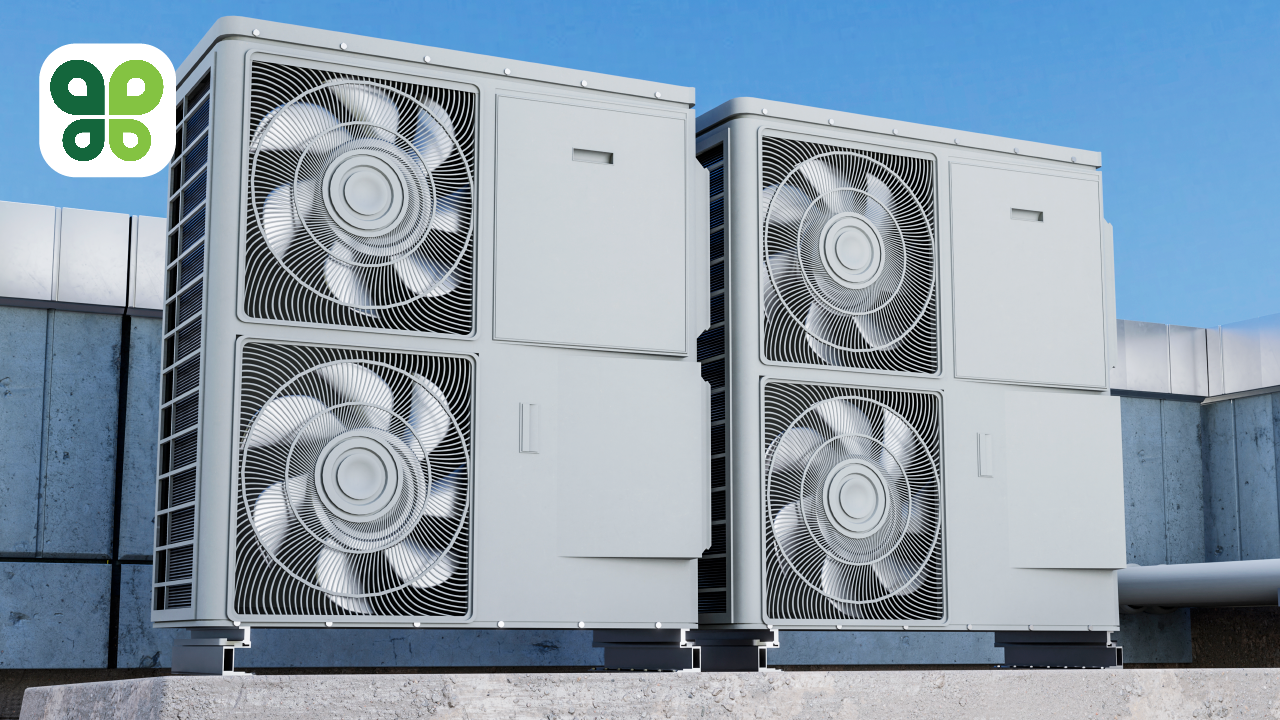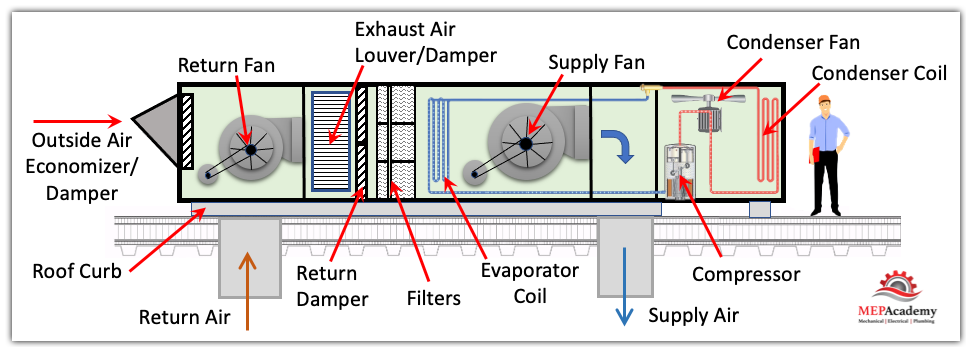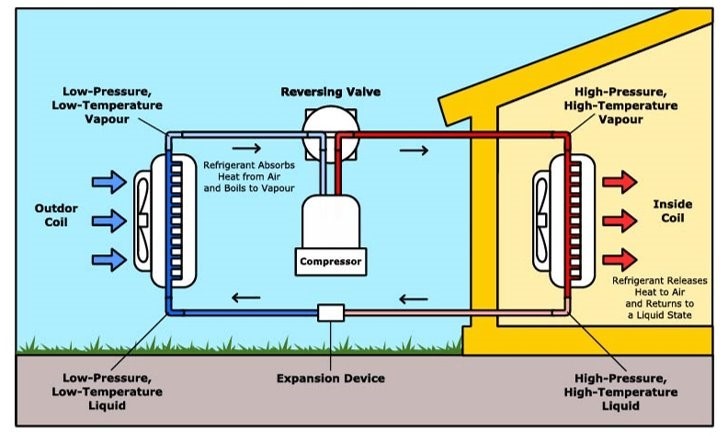
The Future of Heating and Cooling: Advantages of Heat Pump Technology
The traditional air conditioning technology used in most commercial buildings was invented over 70 years ago. Yet, as air conditioning continues to grow in popularity around the world, this trusted tech is creating a big problem. Namely, there are a lot of outdated, inefficient air conditioning units being used that require a high level of energy to cool or heat indoor air, making a large and harmful contribution to greenhouse gas emissions.
Commercial spaces rely on heating, ventilation, and air conditioning (HVAC) systems to ensure comfort and health for customers and employees. The high energy requirement of old models, though, means that the benefits provided by HVAC come with a high price tag. HVAC units are often working around the clock to control temperature and humidity in large buildings. This overuse of HVAC units can lead to astronomical energy bills that businesses, especially those with tight margins and budget, struggle to afford. At restaurants, for example, HVAC accounts for an average 28% of energy usage.
Luckily, a lot of innovation is happening in the world of air conditioning to make more energy efficient models. Further, there is newer technology on the market that not only requires significantly less energy, but also improves the overall atmosphere of a building.
Heat pump technology is the most cutting-edge air conditioning technology, and though invented in Japan in the 1980s, it is only now starting to gain traction in the U.S. as people look for ways to cut energy consumption without sacrificing comfort.
How Do Heat Pumps Work
Heat pumps are able to heat and cool buildings using a fraction of the energy. In fact, some heat pump-based systems can save 65% of the energy used compared to traditional HVACs, while improving air quality and comfort levels.
So, what exactly are heat pumps, and how are they able to do the same work as traditional HVACs so much more efficiently?
In a traditional rooftop HVAC unit (also known as an RTU, a type commonly used in commercial buildings), the unit brings in fresh air from outside and either cools or heats it based on the temperature setpoint from the thermostat. In an RTU, 100% of the fresh air brought into the system is conditioned or recycled.

This process can come with some drawbacks. Because all outside air needs to be conditioned, some units will have high energy needs and the units themselves can be very large. Their design can lead to issues of humidity, dust, noise and poor air-filtering, and the complexity leads to common failures if not well maintained.
Heat pump technology solves a lot of these issues. A heat pump extracts heat energy from the air (or, in a geothermal heat pump system, from underground water) and uses it to either heat or cool a chemical refrigerant. It can extract heat from the air, even in extremely cold weather. The refrigerant flows to an indoor cassette or wall unit which uses that energy to either heat or cool the air that flows over its coils.

Heat pumps do not require natural gas, and fully electrify the heating process, making them more environmentally friendly. Plus, a modern variable refrigerant flow heat pump is generally 3 times more efficient and needs fewer tons than older RTUs. When used as part of an ultra high-performance HVAC system, heat pumps can help deliver around 65% energy savings.
What Are Ultra High-Performance HVACs?
At Budderfly, we are pioneering heat pump technology with our Ultra High Performance (UHP) HVAC systems. This new type of system decouples the traditional rooftop HVAC unit into two components: energy recovery ventilator and variable refrigerant flow system. The energy recovery ventilator brings in 100% outside air, while reutilizing the air that is exhausted and recovering energy from it. The variable refrigerant flow system then takes the air which the ventilator brings in and cools it or heats it based on the needs of the space.
UHP HVAC systems improve air quality, enhance comfort, and reduce carbon footprints. Watch the video below to learn more about how they work.
Budderfly is working to bring this innovative technology to our customers, without any upfront costs. We use our own capital to help businesses get the most ground-breaking energy saving technologies, and Ultra High Performance HVACs are part of our extensive portfolio of solutions. To learn more about how we can help you lower your energy bills and reduce your carbon footprint, contact us today.

